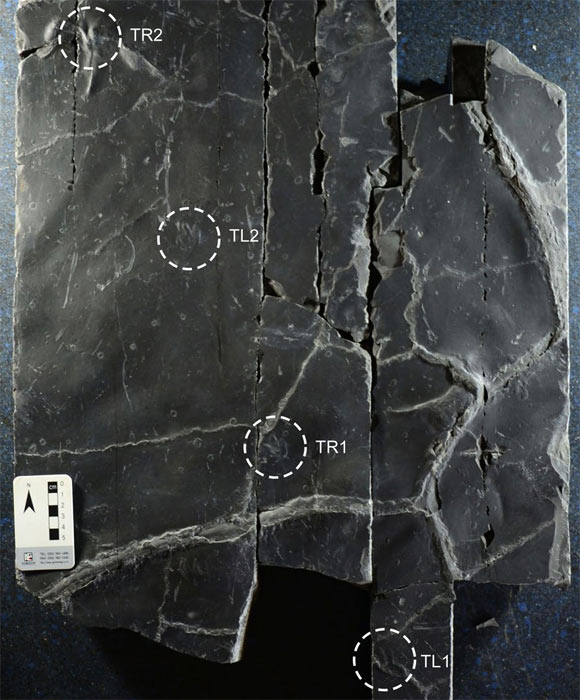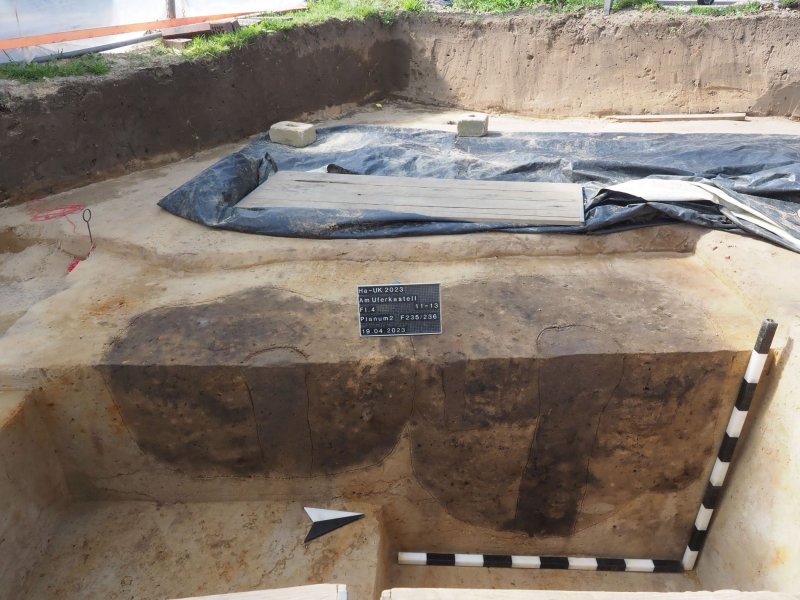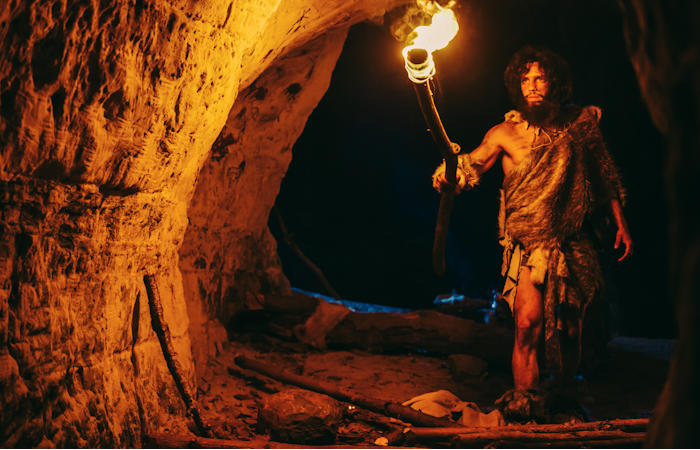An international team of paleontologists has unearthed the earliest collection of fossilized dinosaur embryos to date, and discovered organic material inside the embryonic bones.

Semitransparent flesh reconstruction of embryonic dinosaur inside egg, with skeleton (D. Mazierski)
190-million-year-old fossils were found near the city of Lufeng, in Yunnan, China. The great age of the embryos is unusual because almost all known dinosaur embryos are from the Cretaceous Period. The Cretaceous ended some 125 million years after the bones at the Lufeng site were buried and fossilized.
The team excavated and analyzed over 200 bones from individuals at different stages of embryonic development.
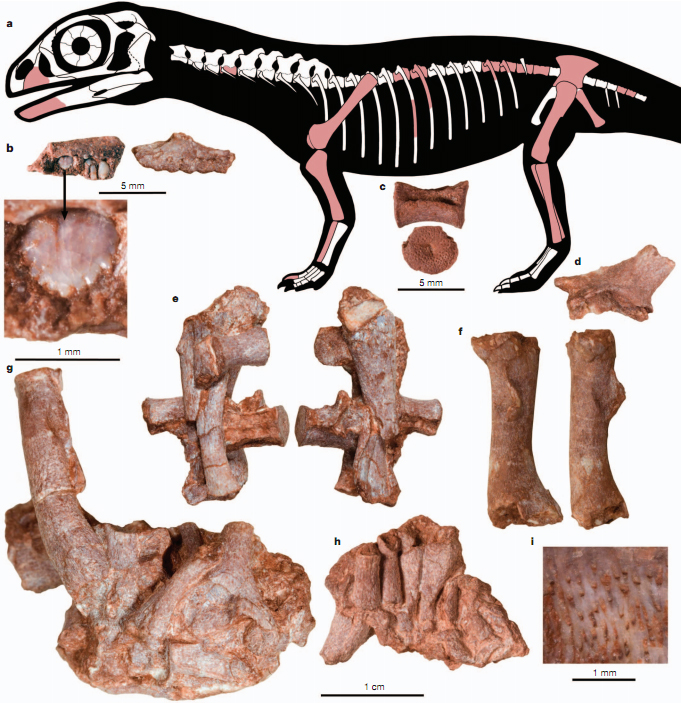
“We are opening a new window into the lives of dinosaurs. This is the first time we’ve been able to track the growth of embryonic dinosaurs as they developed. Our findings will have a major impact on our understanding of the biology of these animals,” said Dr Robert Reisz of the University of Toronto Mississauga, lead author of a paper reporting the discovery in Nature.
The bones represent about 20 embryonic individuals of the long-necked sauropodomorph Lufengosaurus, the most common dinosaur in the region during the Early Jurassic period. An adult Lufengosaurus was approximately 27 feet (8 m) long.
The disarticulated bones probably came from several nests containing dinosaurs at various embryonic stages, giving Dr Reisz’s team the rare opportunity to study ongoing growth patterns. Dinosaur embryos are more commonly found in single nests or partial nests, which offer only a snapshot of one developmental stage.

To investigate the dinosaurs’ development, the team concentrated on the largest embryonic bone, the femur. This bone showed a consistently rapid growth rate, doubling in length from 12 to 24 mm as the dinosaurs grew inside their eggs. This very fast growth may indicate that sauropodomorphs like Lufengosaurus had a short incubation period.
The paleontologists found that the femurs were being reshaped even as they were in the egg. Examination of the bones’ anatomy and internal structure showed that as they contracted and pulled on the hard bone tissue, the dinosaurs’ muscles played an active role in changing the shape of the developing femur.
“This suggests that dinosaurs, like modern birds, moved around inside their eggs,” Dr Reisz explained. “It represents the first evidence of such movement in a dinosaur.”

Scientists discovered organic material inside the embryonic bones from Lufeng, China (Robert R. Reisz et al)
The team also discovered organic material inside the embryonic bones. Using precisely targeted infrared spectroscopy, they conducted chemical analyses of the dinosaur bone and found evidence of what they believe is collagen fibers. Collagen is a protein characteristically found in bone.
“The bones of ancient animals are transformed to rock during the fossilization process,” Dr Reisz said. “To find remnants of proteins in the embryos is really remarkable, particularly since these specimens are over 100 million years older than other fossils containing similar organic material.”
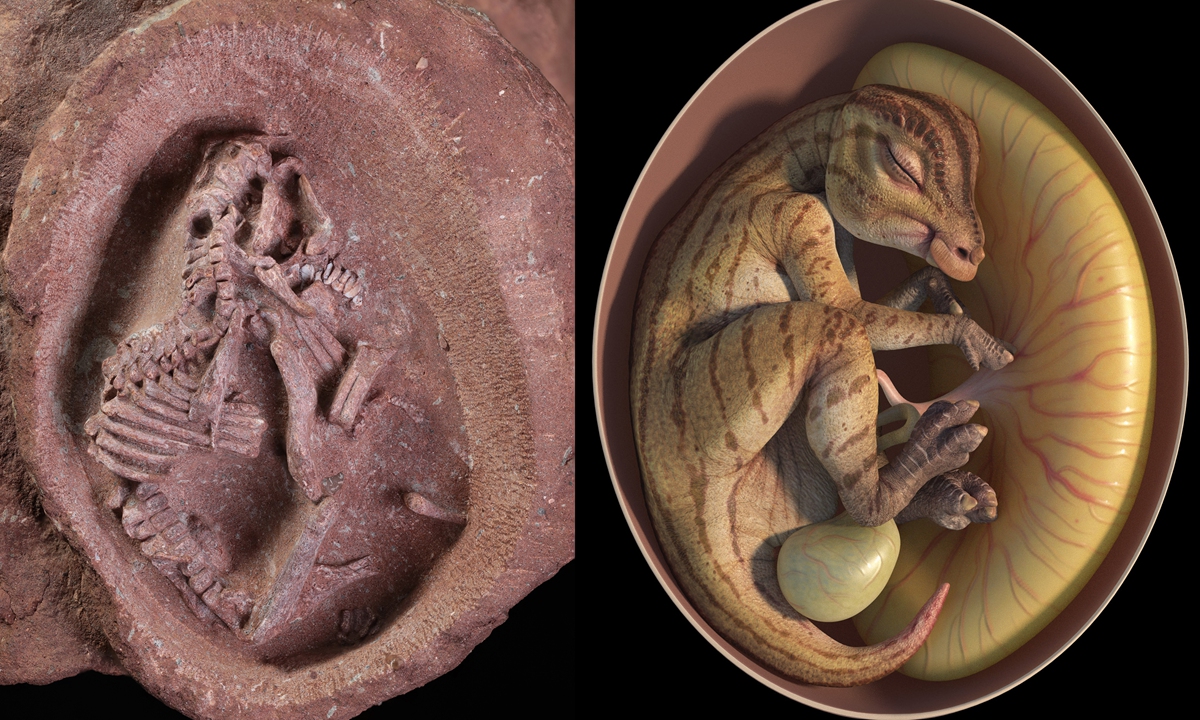
“A find such as the Lufeng bonebed is extraordinarily rare in the fossil record, and is valuable for both its great age and the opportunity it offers to study dinosaur embryology. It greatly enhances our knowledge of how these remarkable animals from the beginning of the Age of Dinosaurs grew.”
Source: sci.news




